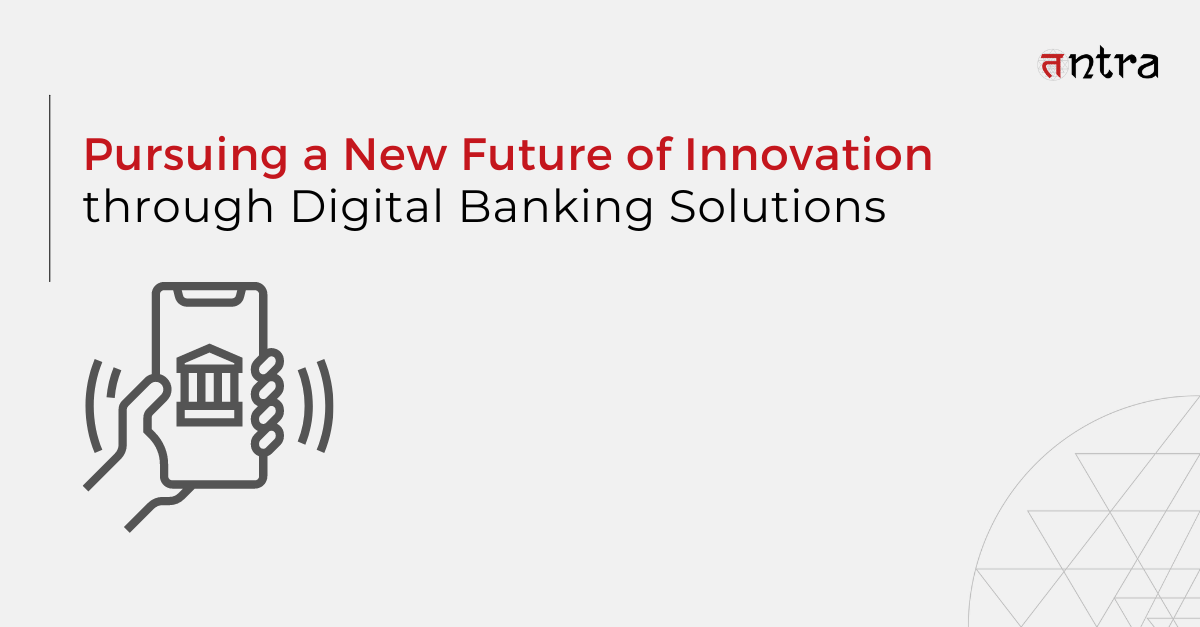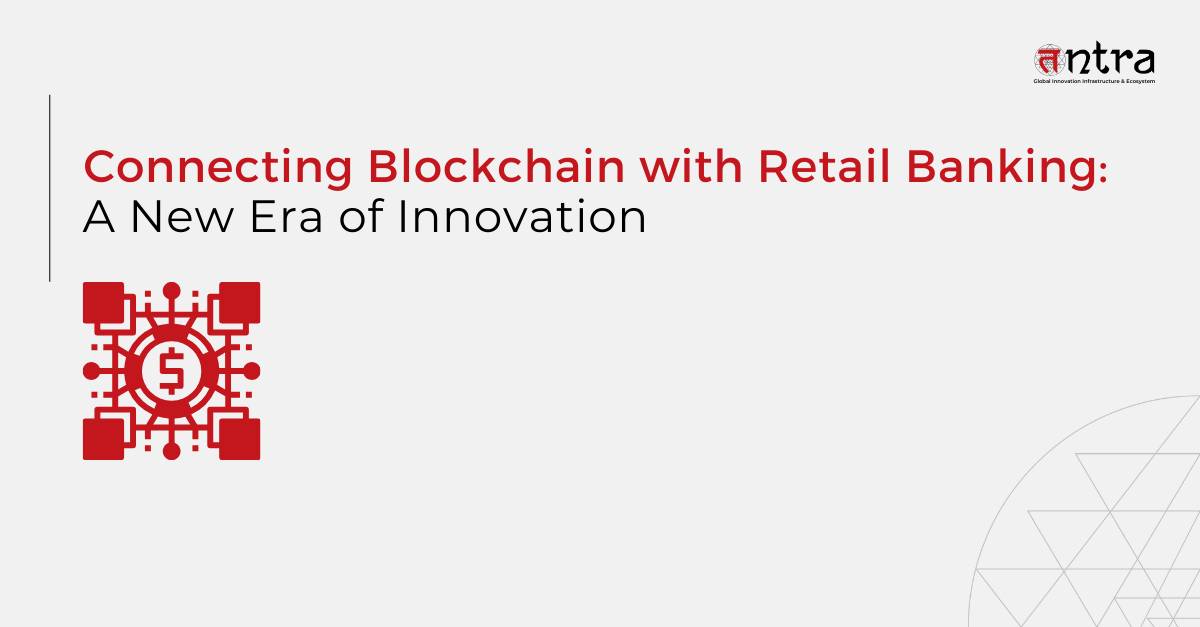
Pursuing a New Future of Innovation through Digital Banking Solutions
Table of Contents
ToggleAn online banking strategy involves using technology, such as computers, smartphones, and the internet, to provide financial services to customers. It can drive innovation in the financial industry by improving the customer experience, streamlining operations, enhancing security, and more. By embracing digital banking services, financial institutions can remain competitive and meet the evolving needs of their customers.
TD Bank is a Canadian multinational banking and financial services banking institute with its headquarters in Toronto, Ontario. The bank saw the sign of warning during the pandemic and initiated a drive for digital banking transformation.
The bank upgraded its existing digital banking solutions instead of building a new product engineering solution. As a result of its efforts, TD bank was able to manage a surge in demand. The bank tripled its capacity for mobile deposits in anticipation of possible branch closures.
The new virtual assistant launched by the bank helped the bank to handle customer questions. The assistant conducted over 75,000 customer sessions just in its first week itself and thus freed up the staff to work on more concerning issues.
The overall engagement in TD Bank’s digital channels rose 30% in Canada and 17% in the US between February and April.
Source: Whatfix
The Global Online Banking Transformation Story
The digital banking platform market size crossed USD 9.4 trillion in 2022. It is expected to rise at a CAGR of 3.6% CAGR between 2023 to 2032. Digital banking is becoming more famous among consumers. An estimated 203 million people globally will use digital banking services in 2022, which is expected to reach 216.8 million by 2025.
The number of digital banking consumers is expected to reach 3.6 billion worldwide by 2024. Approximately 20 to 25% of consumers responded that they would prefer to open a bank account online; however, they cannot do so with their current bank.
The convenience of online banking is so much that 82 % of account holders want to stay in the bank if they are satisfied with its digital banking services. Approximately 39% of account holders use banking apps as the primary way of availing of banking services.
In a significant shift, 57% of millennials and 64% of Gen Z have financial accounts with a non-traditional banking institution such as a neobank or other fintech software solutions enabled financial organizations.
Innovation of the Banking Sector through Online Banking Innovation
Digital banking refers to using technology, such as computers, smartphones, and the internet, to provide financial services to customers. An online banking strategy can help financial institutions to serve their customers better, streamline their operations, and reduce costs.
Digital banking applications developed with the support of a software product engineering company and a well-designed digital banking strategy can drive innovation in the financial industry by improving the customer experience, streamlining operations, enhancing security, and enabling the development of new products and services.
By embracing FinTech app development services, financial institutions can better serve their customers and remain competitive in a rapidly changing market. There are several ways that an online banking strategy can drive innovation in the banking industry:
- Improving Customer Experience: Digital banking platforms developed by FinTech companies such as Tntra can improve the customer experience by providing more convenient, accessible, and personalized financial services. For example, customers can use mobile apps to check their account balances, pay bills, and make payments from anywhere, at any time.
- Streamlining Operations: A digital banking strategy supported by software product engineering solutions can help financial institutions to streamline their operations and reduce costs by automating processes and eliminating the need for manual tasks.
- Enhancing Security: Digital banking can improve security by implementing a digital banking strategy roadmap using advanced technologies such as biometric authentication, blockchain, and machine learning to detect and prevent fraudulent activity.
Conclusion
A FinTech software development company can drive a digital banking strategy that can drive innovation in the financial industry by providing more convenient, accessible, and personalized financial services to customers. It can also help financial institutions streamline operations, reduce costs, and enhance security. Additionally, a digital banking strategy can enable the development of new products and services, such as digital wallets, peer-to-peer payments, and robo-advisory platforms.
By embracing digital banking transformation, banks can stay competitive and while meeting the evolving needs of their customers. As the use of digital banking and payments continues to grow, financial institutions need to develop strong digital banking solutions with the help of a product engineering solutions provider to remain competitive and relevant in the digital age.
Tntra Fintech solutions are developed while keeping in mind the satisfaction of the end users. Tntra focuses on democratizing finance by enabling the move from cash to cashless.





